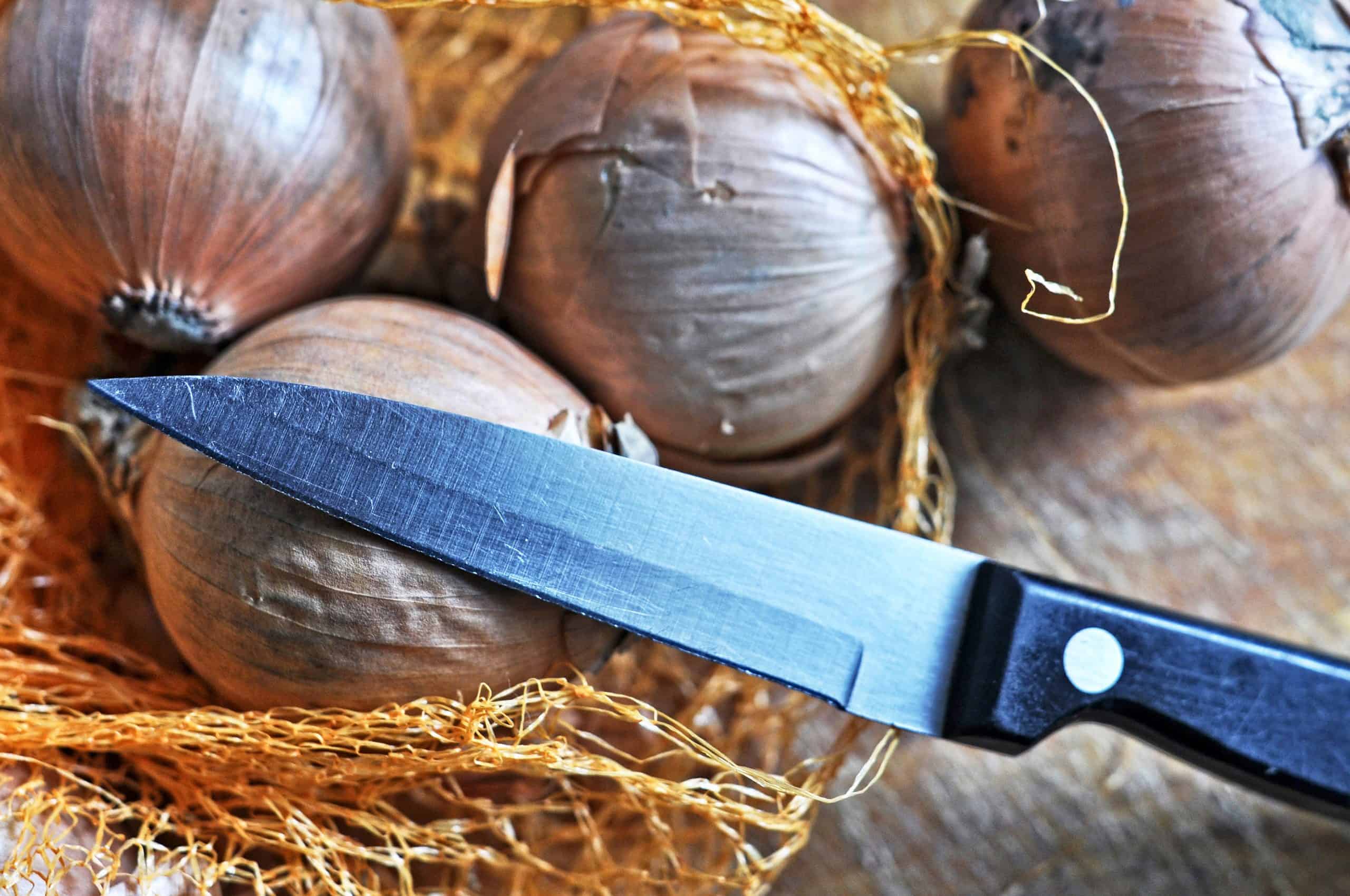
Introduction
Replacing a knife handle can be a great way to give a new life to an old and potentially dull-looking knife. Not only will it add aesthetic value, but a new handle can add character and personalization to the piece. In addition, losing texture or grip on the handle is more common than one may think, so investing into a replacement could save you from having to discard knives that still have plenty of sharpness left. Furthermore, with the right care and maintenance, carefully replacing the handle can increase its longevity and make it as good as new.
Assessing the Need for a Handle Replacement
If a knifehandle is worn, cracked, or otherwise damaged, it is important to assess the need for replacement. Such signs may include visible wear and tear on the handle (e.g. cracks, chips), peeling of grip tape or other materials, unevenness in the surface of the handle, or a lack of security when gripped. If any of these symptoms are present, it is advised that one replace the handle for safety reasons – particularly if used for stress-bearing activities such as cutting and thrusting.
When replacing a knife handle, it is important to select one that fits properly and securely. Appropriate materials should also be chosen depending on how often the knife will be used (e.g. hardwood, composite rubber). Furthermore, once installation begins make sure to tightly secure all screws – preferably with loctite – to ensure stability and prevent rattling parts during use. Finally, quality craftsmanship should be observed throughout: grinding off sharp edges from unfinished surfaces, test-fitting components multiple times before gluing/epoxying them together etc., This will ensure increased safety/comfort and extended lifetime usage for your instrument.
Prepping the Knife
Before even beginning to replace the handle of a knife, one must be sure that the blade is properly cleaned. Depending on the type of knife, this may require washing it off with hot, soapy water and using a bristle brush on more heavily used blades. Once the blade is clean and dry, it should be covered with an oil-based paste or wax to preserve the metal during the handle installation process. This will help protect against corrosion and other damage caused by exposure to moisture or temperature fluctuations. Next, it’s important to remove any attachments such as pins or rivets which attach the previous handle to the blade. These can be removed by pliers or a flathead screwdriver. Once all components are separated, they can then be set up in a well-lit workspace for assembling the new handle pieces.
Gathering the Necessary Tools and Supplies
Replacing a knife handle is an important step in taking care of your knives. It is something that can be done at home if you have the right tools and supplies. For traditional tools, you will need a set of Allen keys, needle nose pliers, and wire cutters as well as either a belt sander or a file. You may also need epoxy, a vice grip, and abrasive stones to finish off the handle properly. Non-traditionally you may need hobby knives, sandpaper, dowels or rods to form the new handles shape and texture, wooden blocks for stability and support when preparing the new handle, leather pieces to wrap around the handle for a comfortable grip. Depending on your skill level you may also need a drill and various drill bits to assist with creating holes in both new and used knife handles as well as screws for assembly. You may find these materials online or at your local hardware store. Make sure to measure all sizes diligently before beginning work so that replacements parts fit accurately in order to ensure stability of both the finished product and its longevity.
Performing the Handle Replacement
1. Prepare the old handle. This process includes cleaning the handle, removing any remaining pieces of material, such as glue or epoxy, and filing or sanding off any bumps or uneven surfaces.
2. Secure the handle in a vise so that it is held firmly in place.
3. Use a drill to carefully remove the old screws holding the handle in place. Be sure to use a bit that fits well and move slowly to avoid splintering or damaging the handle material.
4. Place the new handle on top of old one being careful that all holes match up properly before screwing them tightly into place with new screws of suitable material type and size for your knife blade construction.
5. Test the strength of your handles by testing its stability when gripping it with two hands (or with one hand while using pressure) to ensure they are locked-in securely going forward with further use/work on your knife project needs .
6. If you decide to add additional features to your knife project like decorative pins, spacers, screws and rivets- Start by drilling small pilot hole at each location needed for these extra decorations accordingly then carefully drive everything home securely making sure things are airtight tight so no moisture can penetrate within wood grain elements as much possible..
7. Apply an appropriate wax or oil finish to freshen up look of knife’s wooden handle area protect against damage from excessive exposure hard use and other adverse weather elements over time period
Finishing Touches
When replacing a knife handle, it is important to make sure that everything fits together securely. One way to do this is to use wooden dowels that fit inside the holes in both pieces of the handle and hold them in place. This will provide more security and prevent the handle from shifting or loosening over time. Additionally, before you begin gluing the two pieces together, take a few minutes to sand down any rough edges on both sides of the material you’re using for your replacement. This will help ensure that when they are put together they won’t create any unwanted sharp points or angles. Finally, be sure to apply some sort of sealant or protective layer such as varnish or oil onto the finished product in order to keep the handle looking like new for years to come!
Conclusion
Proper maintenance and care of a knife handle are essential to ensure safe and effective use. Replacing a knife handle is an important step in maintaining the longevity of the knife. If you notice any damage or wear on your knife handle, it is important to act swiftly and replace it with a new one. Following good practices such as using a sharpening stone and avoiding dropping knives on hard surfaces can help to extend the life of your knife handle. Taking these preventive measures will not only protect your hand from potential cuts or strains but also keep your knife looking sharp and ready to use every time you need it.


![If Over Time I Must Replace Both of Each the Handle and Blade Will I Still Be Carrying the Knife the Knife the Knife the Knife the Knife I Used the Knife the Knife the Knife I Used to The Knife I Used to Cut You [Explicit]](https://m.media-amazon.com/images/I/61Yj3dxT2zS.jpg)












